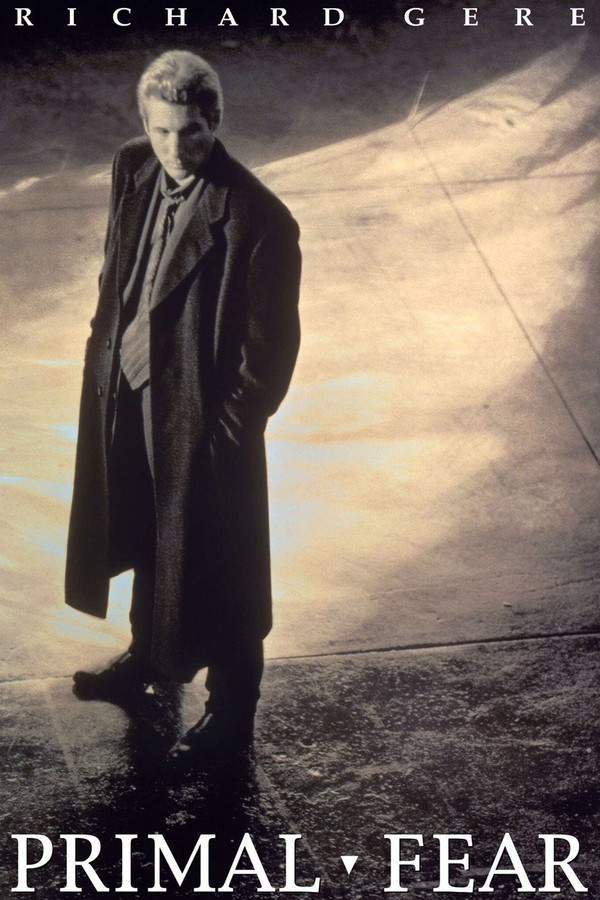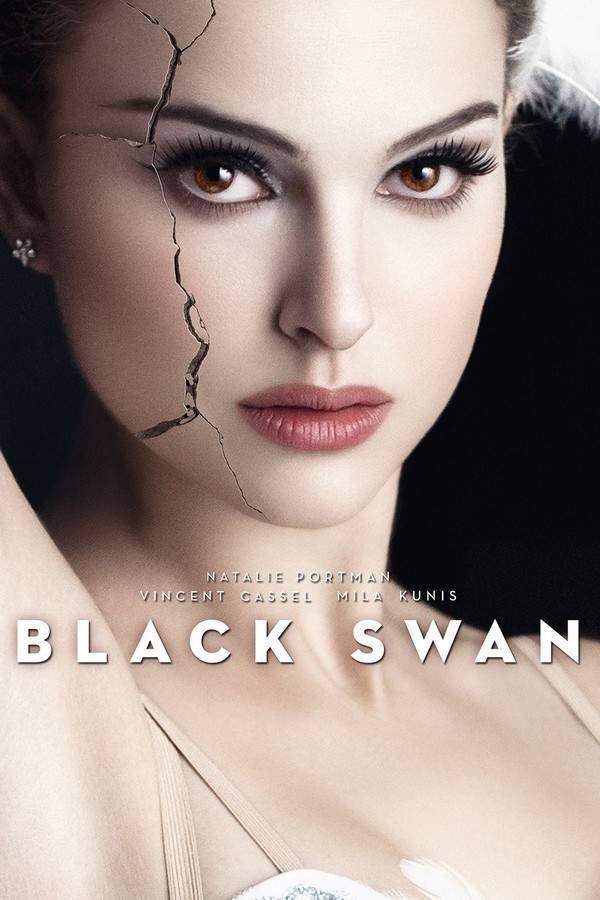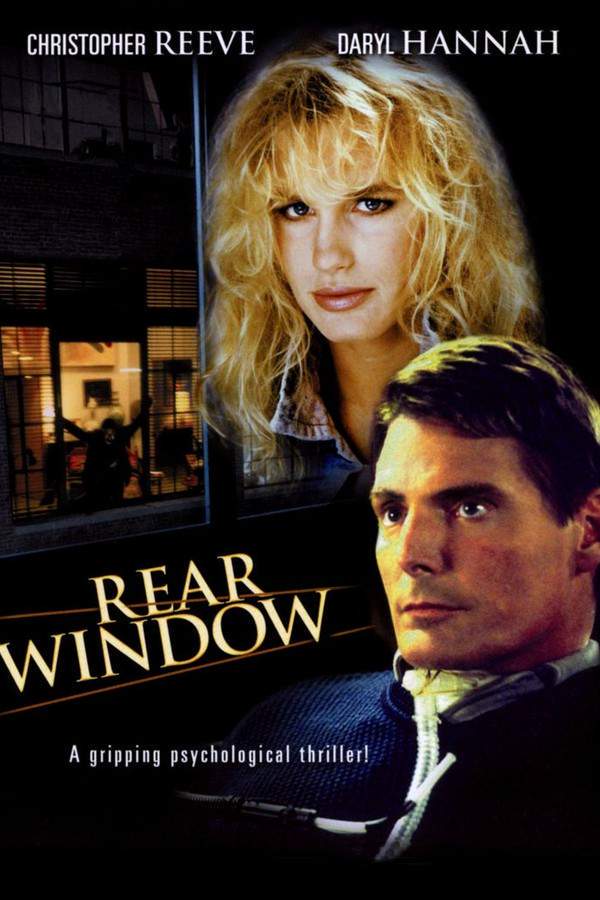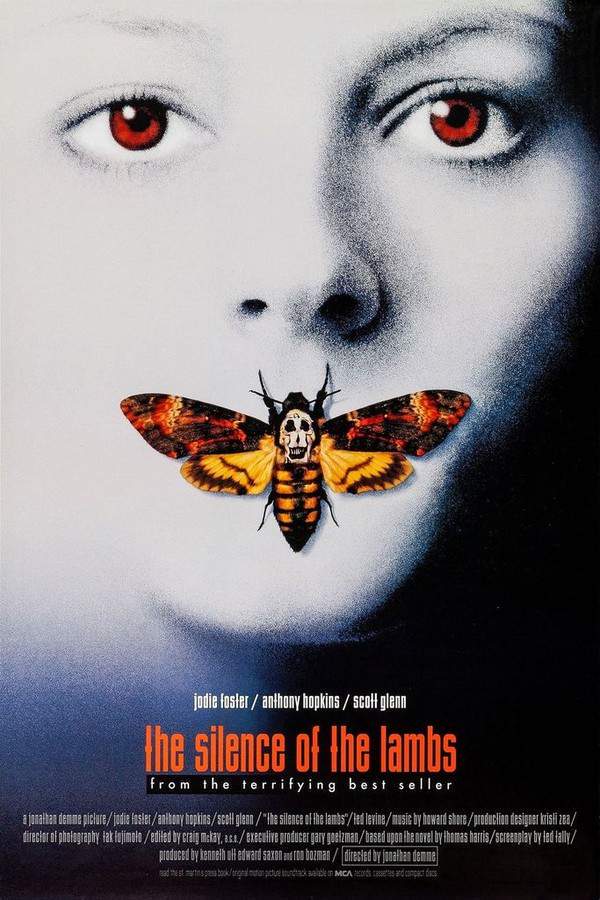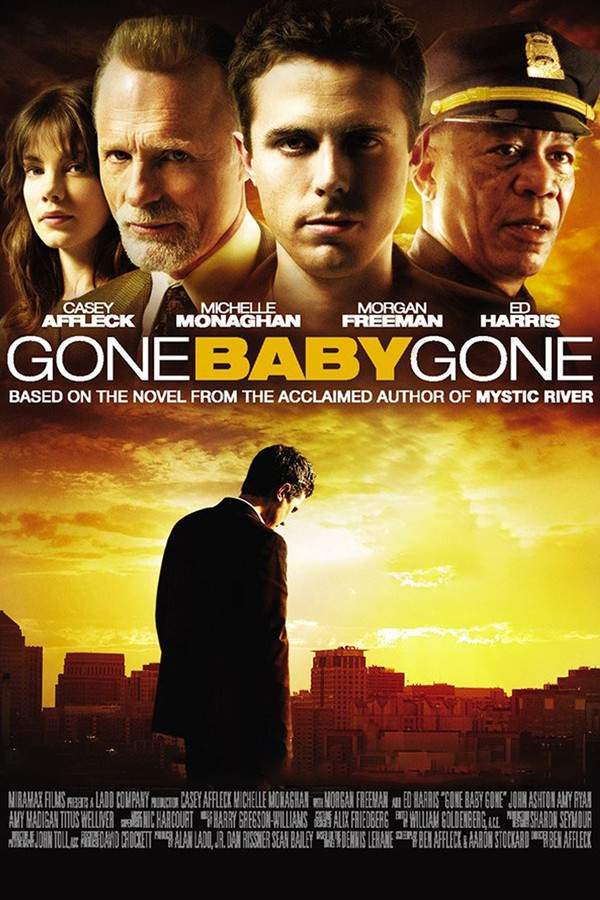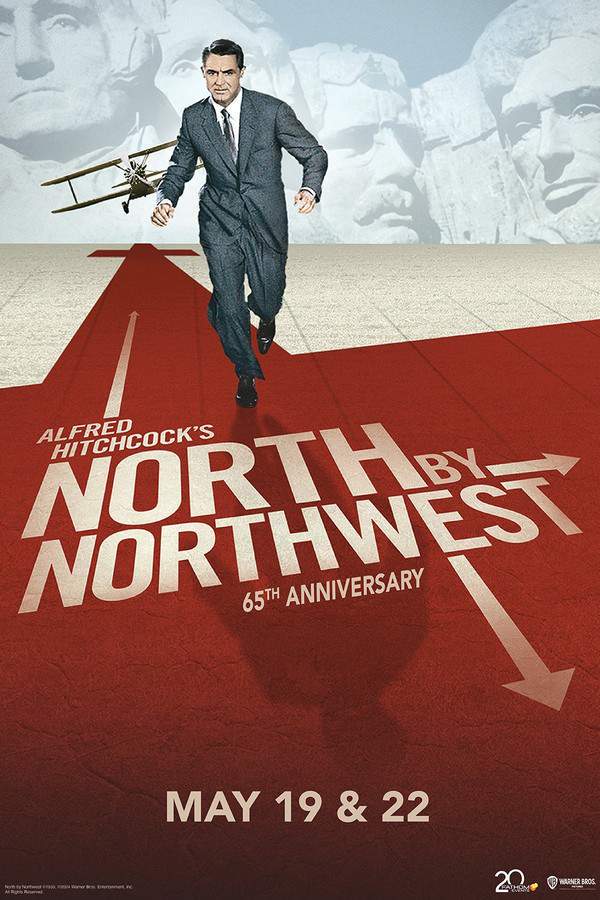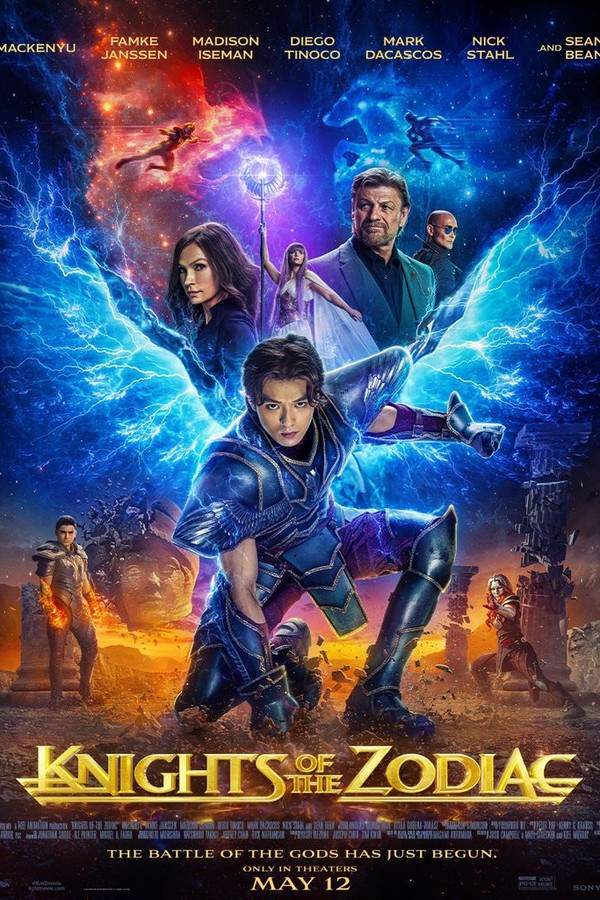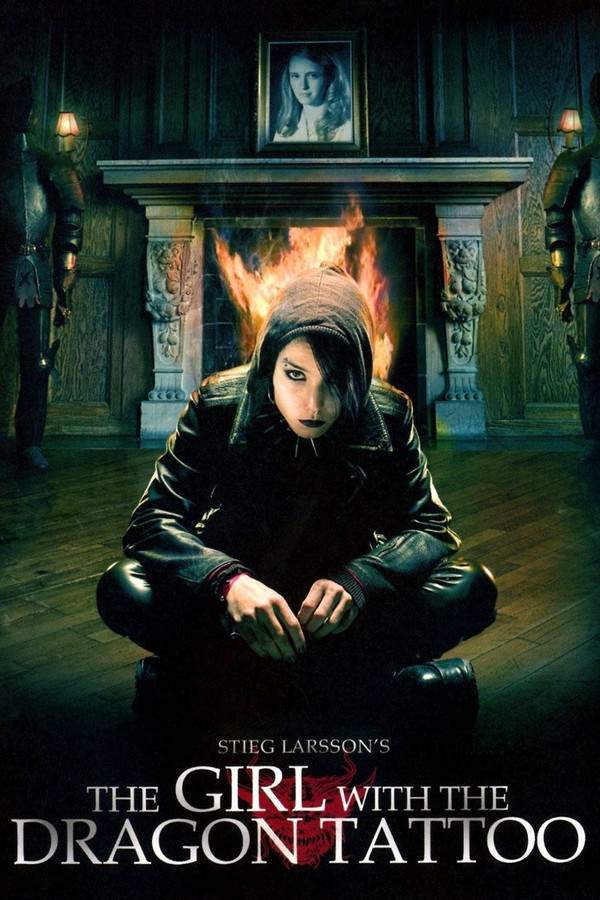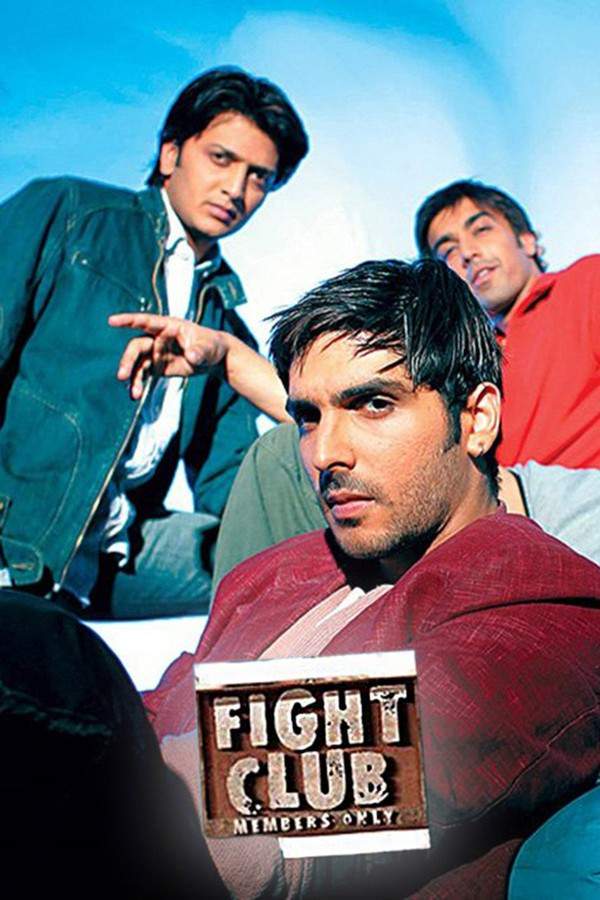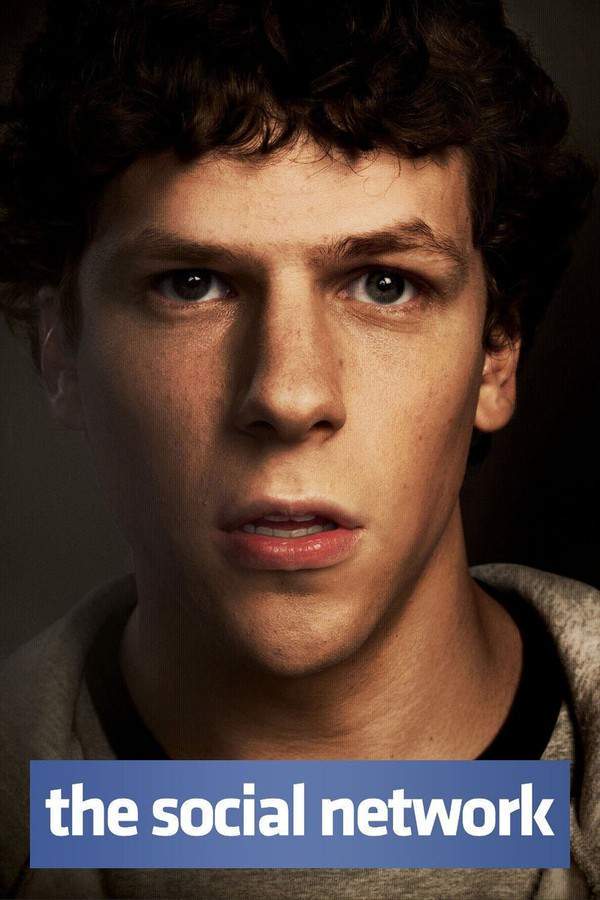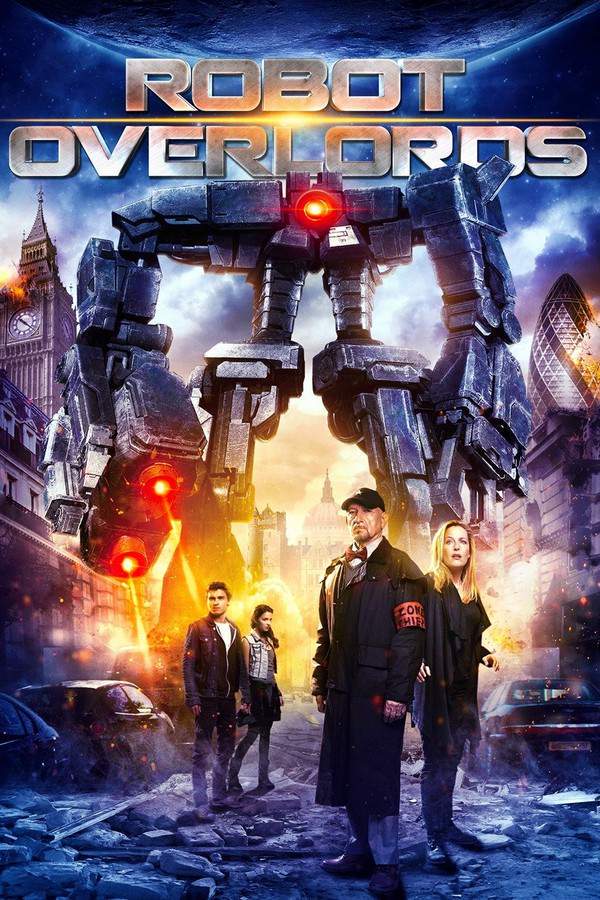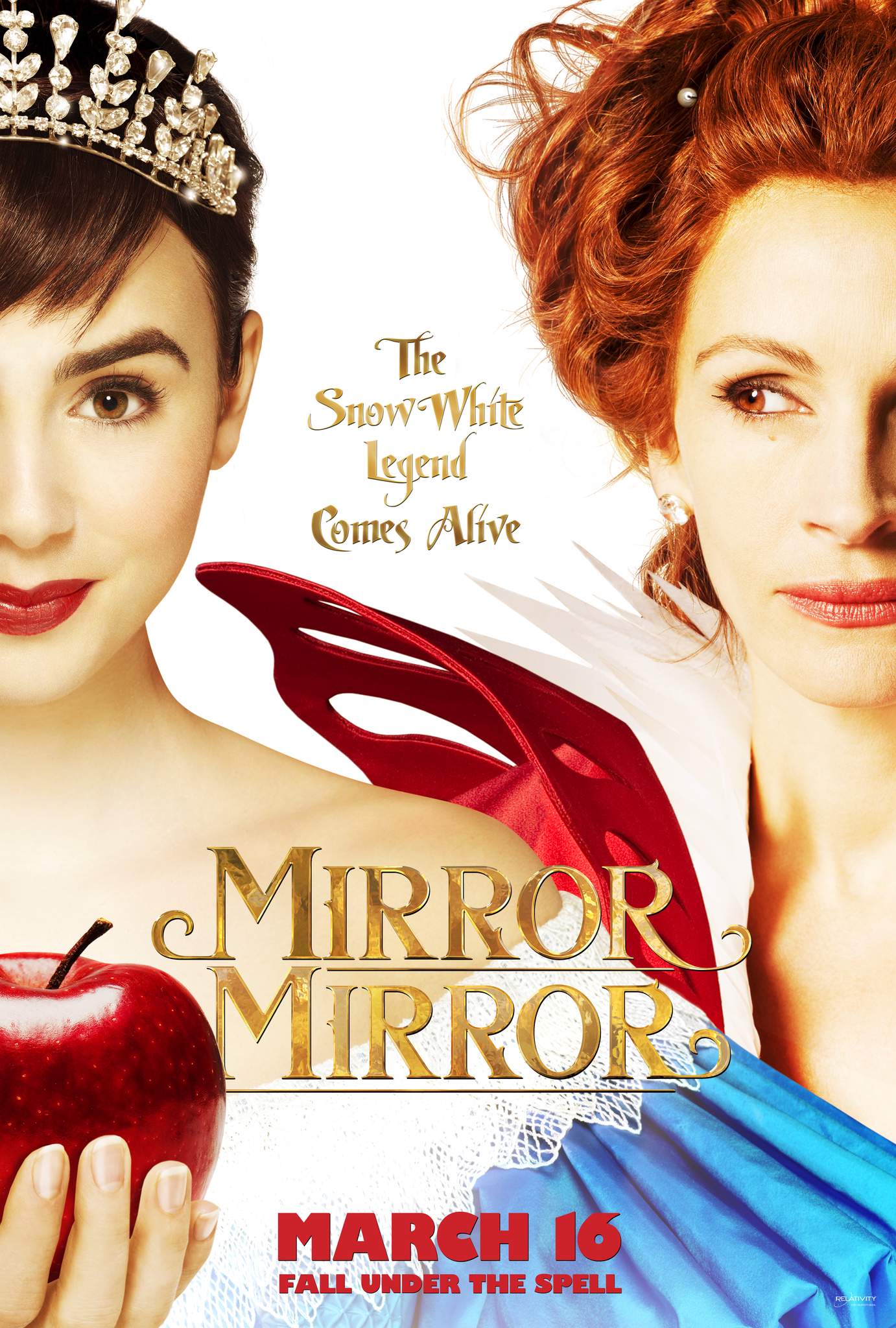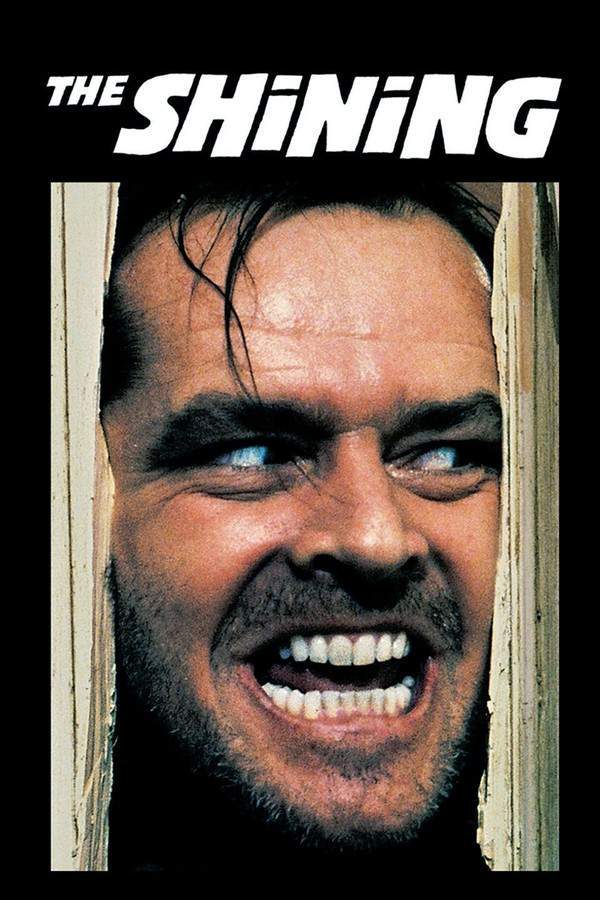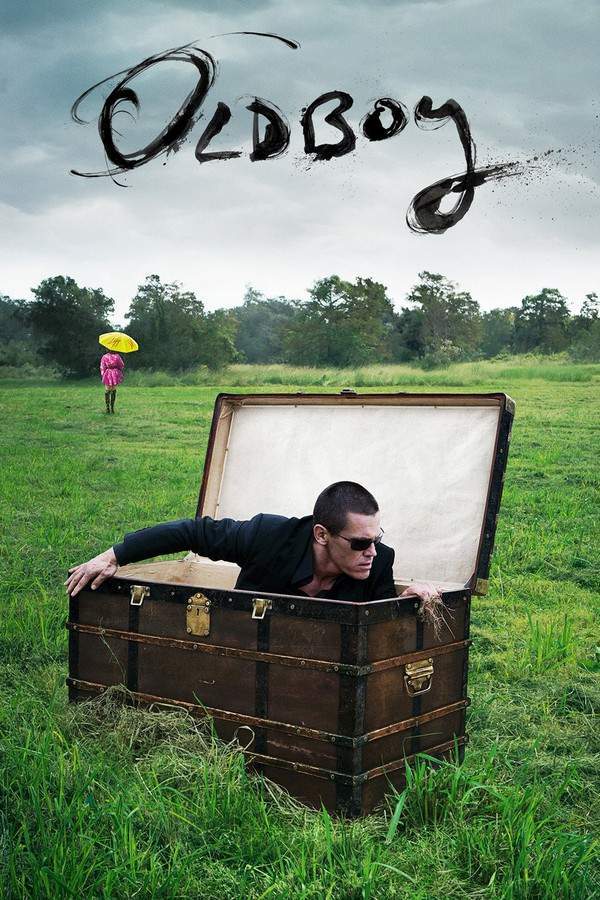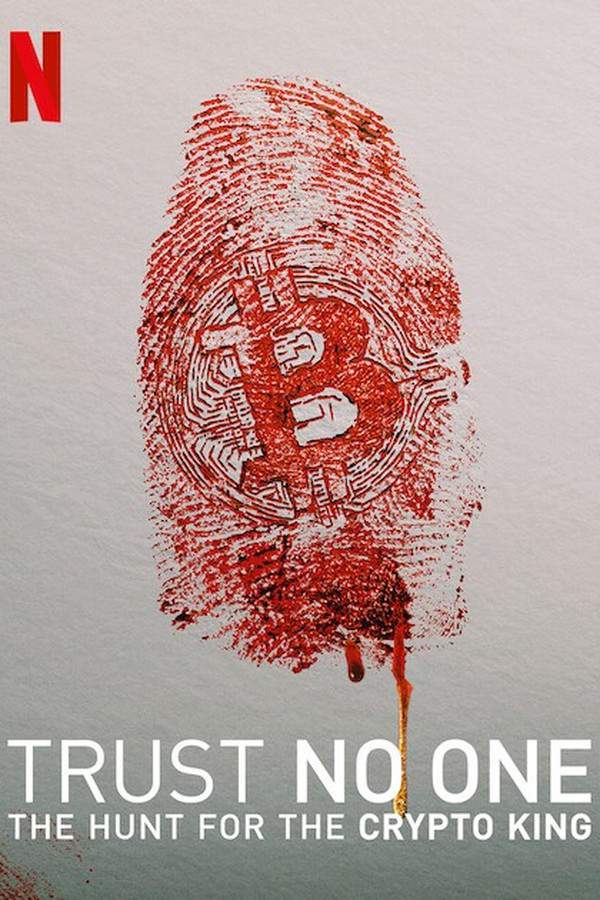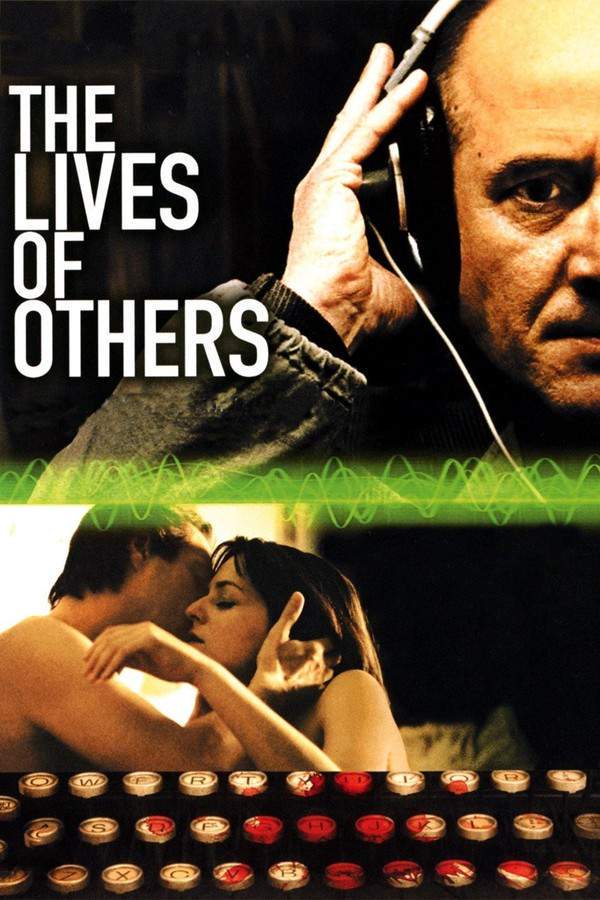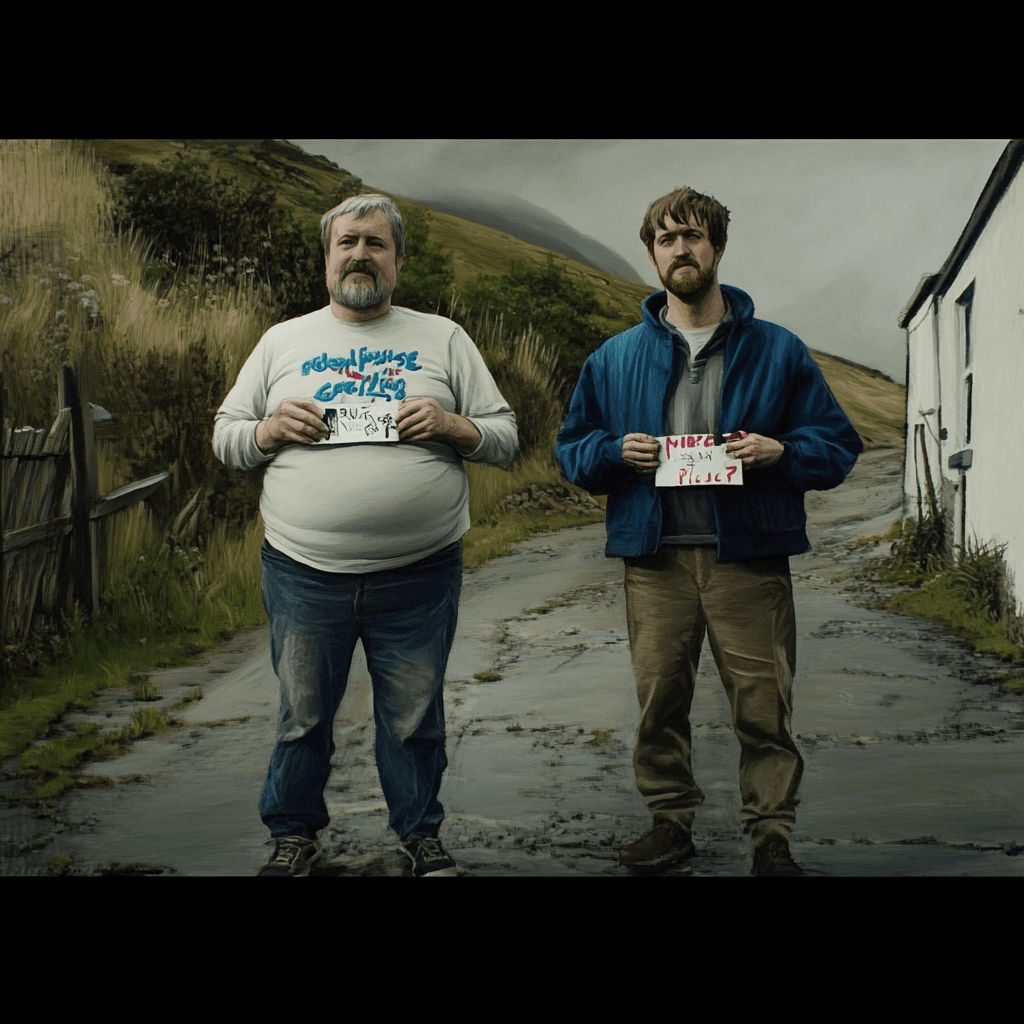What's After the Blog?
Genres • Criticism
Exploring the Thriller Genre: Suspense in Cinema
Delve into the thrilling world of suspense cinema, exploring the evolution, techniques, and global impact of the thriller genre on What's After the Movie (ATM) blog.
March 30, 2024
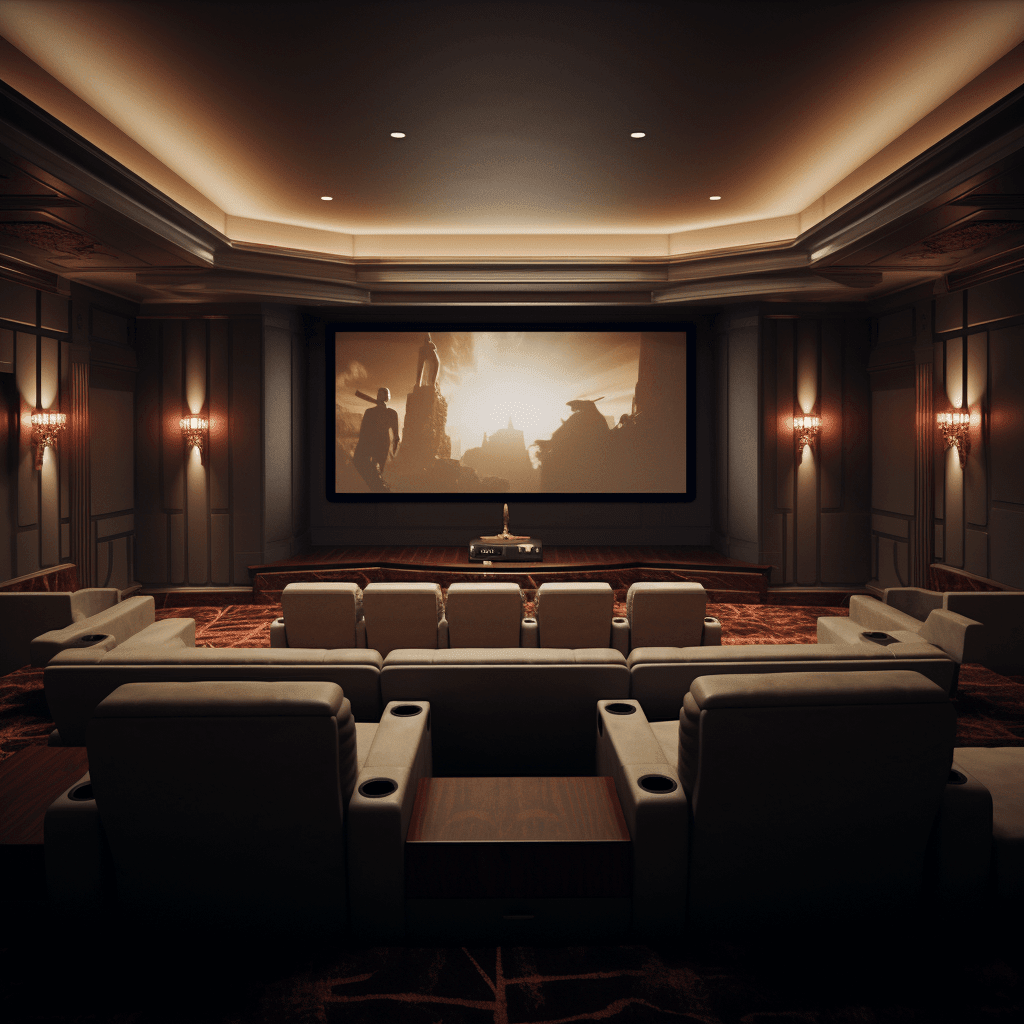
Movies mentioned in this article
Exploring the Thriller Genre: Suspense in Cinema
Introduction to the Thriller Genre
The thriller genre, a cornerstone of cinematic suspense, has long captivated audiences with its unique blend of tension, intrigue, and excitement. At its core, a thriller film is designed to keep viewers on the edge of their seats, combining elements of suspense, mystery, and often, action or crime. Unlike horror films that rely on shock and fear, thrillers are more subtle, building anxiety and anticipation through psychological manipulation. They differ from mysteries in that thrillers often reveal more to the audience, placing them in a superior position to the characters within the film. This genre is marked by its focus on the emotional and psychological state of its characters, particularly the protagonist, who is often placed in a situation of danger or peril.
Thrillers have a broad range, encompassing various sub-genres such as spy thrillers, like the James Bond series, legal thrillers like Primal Fear, and psychological thrillers such as Black Swan. Each of these brings its unique flavor to the genre while adhering to the core elements of suspense and tension. The effectiveness of a thriller is often judged by its ability to maintain this suspense throughout the film, keeping audiences guessing and emotionally invested in the outcome.
Evolution of the Thriller Genre
The thriller genre has undergone significant evolution since its inception, adapting to cultural changes and technological advancements while maintaining its fundamental appeal. The early days of cinema saw the emergence of thrillers that were more focused on mystery and suspense, heavily influenced by literature and theater. Alfred Hitchcock, often referred to as the “Master of Suspense,” was pivotal in shaping the genre during this time. His films, such as Psycho and Rear Window, set new standards for building suspense and manipulating audience expectations.
As the genre progressed, it began to incorporate elements from other genres, broadening its appeal. The 1970s and 1980s saw a surge in thrillers that combined suspense with action, crime, and even science fiction elements. Films like The Silence of the Lambs and Se7en offered a darker, more psychological approach to thriller storytelling, delving into the minds of both the criminals and those pursuing them.
The turn of the century brought about technological advancements that opened new avenues for storytelling within the genre. Modern thrillers, such as Inception, blend complex narratives with stunning visual effects, while others like Gone Girl use media and technology as integral parts of their plot. The evolution of the thriller genre reflects not only changes in filmmaking techniques but also shifts in societal fears and anxieties, making it a dynamic and ever-evolving genre.
Elements of Suspense in Thrillers
A key element that defines the thriller genre is its masterful use of suspense. But what exactly makes a movie a thriller? It’s the art of crafting a narrative that keeps the audience constantly on the edge, eagerly anticipating what will happen next. Suspense in thrillers is often achieved through a combination of storytelling techniques, including foreshadowing, cliffhangers, and the strategic use of information. The audience is given enough insight to feel the tension of the unfolding story, but not so much that the outcome is predictable. This technique is expertly employed in films like North by Northwest, where Alfred Hitchcock uses a mix of suspense and comedy to keep viewers engaged and guessing.
In addition to narrative strategies, the pacing of the film plays a crucial role. A well-paced thriller will skillfully balance moments of intense action or tension with quieter, more introspective scenes, allowing the audience to catch their breath before the next wave of suspense. This can be seen in the rhythm of films like Zodiac, where the investigation’s slow burn contrasts with moments of sudden danger. Furthermore, character development is integral to creating suspense. The audience must care about the characters and their outcomes, investing emotionally in their journey. This is evident in thrillers like The Girl with the Dragon Tattoo, where the protagonists’ complex personalities add depth to the mystery and suspense.
Psychological Thrillers: A Deeper Dive
Psychological thrillers are a sub-genre that delves deeply into the human psyche, exploring the complex and often darker aspects of the mind. These films focus on the mental states of the characters, often blurring the lines between reality and illusion. Psychological thrillers, such as Black Swan, delve into the protagonist’s mental unraveling, creating suspense through their distorted perception of reality. These films often leave audiences questioning what is real and what is a manifestation of the character’s mind.
The suspense in psychological thrillers is often internal rather than external. Rather than focusing on physical threats or action sequences, these films build tension through the characters’ emotional turmoil and psychological conflicts. This can be seen in Fight Club, where the plot’s twists and turns are deeply rooted in the protagonist’s psychological state. These films challenge the audience to decipher the characters’ minds, often leading to unexpected and shocking revelations.
The allure of psychological thrillers lies in their ability to explore themes such as identity, memory, perception, and morality. They push the boundaries of traditional thrillers by immersing the audience in the intricacies of the human mind, making them a captivating and thought-provoking sub-genre within the thriller category.
Modern Thrillers and Technological Advances
The landscape of modern thrillers has been profoundly shaped by technological advances, both in terms of narrative content and filmmaking techniques. In today’s digital age, thrillers often incorporate elements of technology, cybercrime, and surveillance, reflecting contemporary societal concerns. Films like The Social Network and Mr. Robot delve into the complexities of technology, offering a commentary on its pervasive influence in our lives. These narratives resonate with modern audiences, offering thrilling and thought-provoking perspectives on issues such as privacy, identity, and the power of the digital world.
Technological advancements in filmmaking have also opened new avenues for creating suspense and tension in thrillers. The use of drones, advanced camera techniques, and computer-generated imagery (CGI) has enhanced the visual storytelling capabilities of filmmakers. This allows for more immersive and dynamic scenes that were previously difficult or impossible to achieve. For example, in Inception, the use of innovative visual effects creates a surreal and intricate world that is crucial to the film’s suspenseful and mind-bending narrative.
Moreover, the rise of streaming platforms has contributed to the genre’s evolution, enabling the production and distribution of thrillers that might not fit the traditional cinema model. Series like Black Mirror utilize the flexibility of the streaming format to explore a variety of suspenseful and dystopian themes, each episode presenting a new and unique story.
The Role of Directors and Cinematography in Crafting Suspense
Directors and cinematographers play a pivotal role in crafting suspense in thriller films. The question of “How do directors create suspense in thrillers?” can be answered by looking at the techniques employed to keep the audience engaged and on edge. Directors like David Fincher and Christopher Nolan are known for their meticulous approach to suspense-building, using a combination of visual storytelling, pacing, and atmospheric tension. In Fincher’s Se7en, the use of dark, moody lighting and meticulous framing creates an oppressive atmosphere that enhances the film’s suspenseful narrative.
Cinematography is equally important in building tension. The use of camera angles, movement, and focus can significantly impact how a scene is perceived and experienced by the audience. Close-up shots can convey a character’s inner turmoil, while wide shots can emphasize their isolation or vulnerability. The cinematography in The Shining, for instance, uses steady, creeping camera movements to create a sense of impending doom and unease.
The collaboration between directors and cinematographers is crucial in bringing the thriller’s suspenseful elements to life. Their combined vision and technique help to create a captivating visual language that engages the audience, making the thriller genre a staple of cinematic suspense.
Thrillers in the International Cinema
The thriller genre is not confined to Hollywood; it has a significant presence in international cinema, offering diverse perspectives and storytelling approaches. Different cultures bring their unique sensibilities and themes to the thriller genre, often reflecting their societal issues and historical contexts. For example, the South Korean film Oldboy, directed by Park Chan-wook, is renowned for its intense narrative and stylistic violence, presenting a distinct flavor of suspense that differs from Western thrillers. Similarly, the Danish film The Hunt, directed by Thomas Vinterberg, explores psychological tension in a small-town setting, showcasing how societal dynamics can be as thrilling as any high-stakes action scenario.
These international thrillers enrich the genre by introducing global audiences to different styles of suspense and storytelling. They challenge viewers to broaden their cinematic horizons and appreciate how suspense and tension can be crafted across different cultural landscapes. Films like The Lives of Others from Germany and Amores Perros from Mexico have gained international acclaim, demonstrating the universal appeal and versatility of the thriller genre.
Conclusion
The thriller genre in cinema is a testament to the power of suspense in storytelling. From the early days of Hitchcock’s masterpieces to the modern technological thrillers, this genre has continually evolved, pushing the boundaries of how tension and suspense can be conveyed on screen. Directors and cinematographers play a crucial role in crafting these thrilling narratives, utilizing a range of techniques to keep audiences engaged and on the edge of their seats.
As we continue to see innovation in filmmaking and storytelling, the thriller genre promises to keep evolving, offering new and exciting experiences to audiences worldwide. Whether it’s through the psychological depth of character-driven narratives or the incorporation of modern technology and societal themes, thrillers will undoubtedly remain a staple of cinema, captivating viewers with their unique blend of suspense, tension, and intrigue.
For more intriguing insights into different film genres and their impact on cinema, be sure to explore other posts on What’s After the Movie (ATM). Join us in our journey through the fascinating world of movies and discover what lies beyond the surface of the silver screen.
Continue reading

What's After the Movie?
Not sure whether to stay after the credits? Find out!
Explore Our Movie Platform
New Movie Releases (2026)
Famous Movie Actors
Top Film Production Studios
Movie Plot Summaries & Endings
Major Movie Awards & Winners
Best Concert Films & Music Documentaries
Movie Collections and Curated Lists
© 2026 What's After the Movie. All rights reserved.

